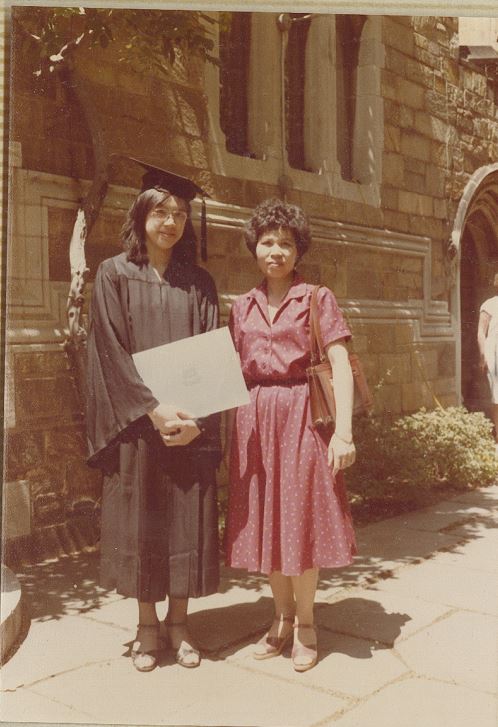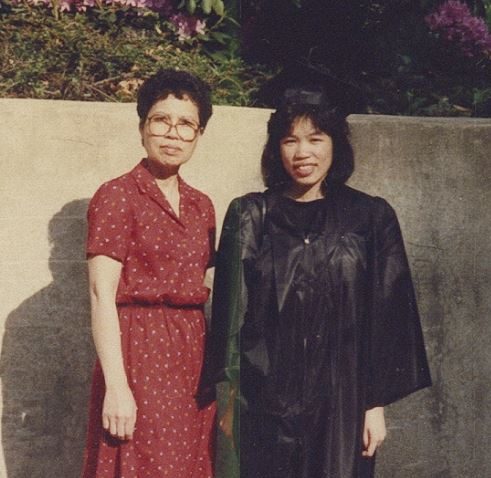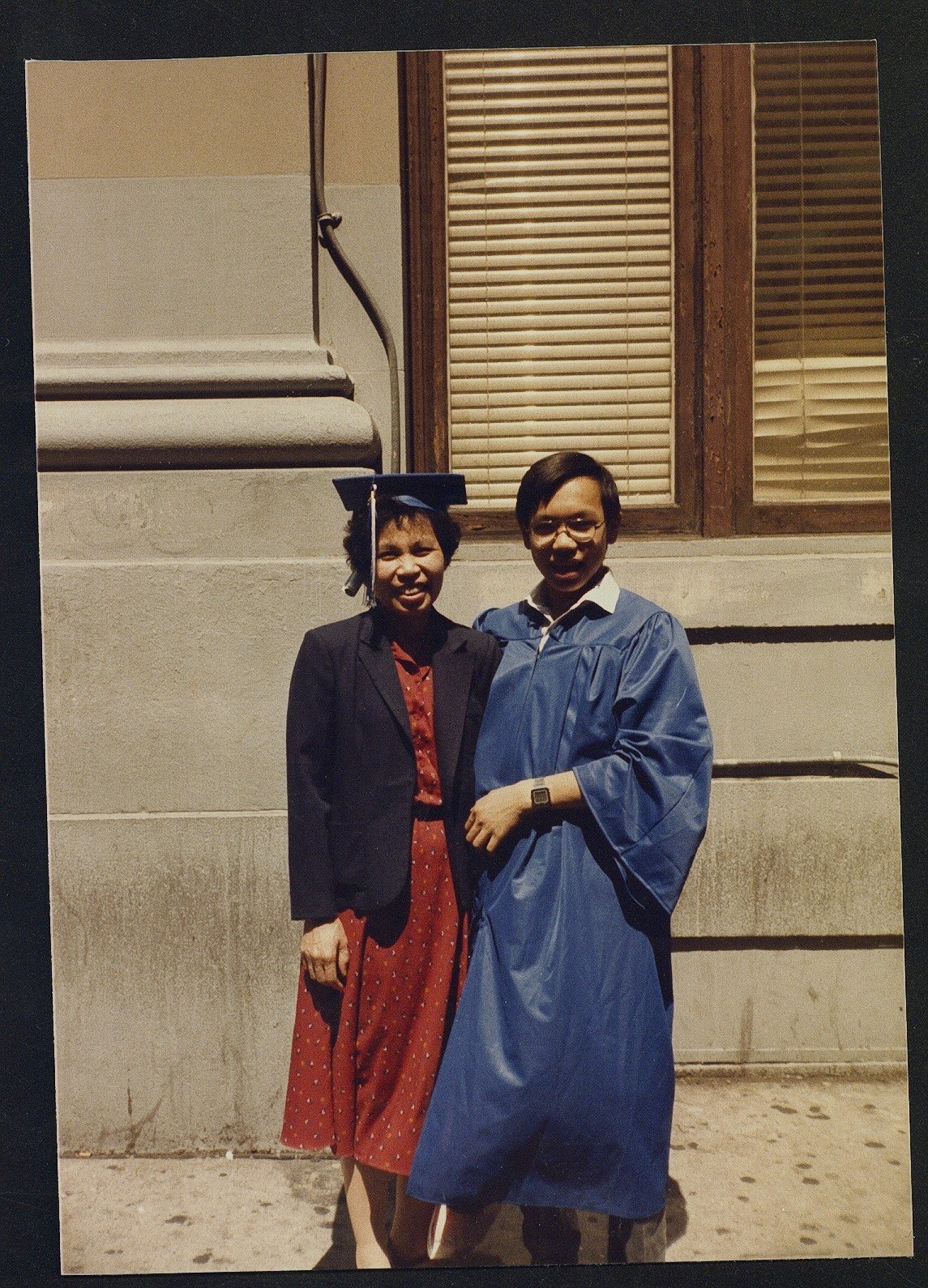In the decades that followed World War II, Puerto Rican and Chinese women organized under the banner of the International Ladies Garment Workers Union to fight exploitation by factory bosses and owners. With the benefits of union membership, recently arrived migrant and immigrant could provide their families not only with wages, but health care, child care, and other services.
Garment Shop Advocates
Challenging Discrimination
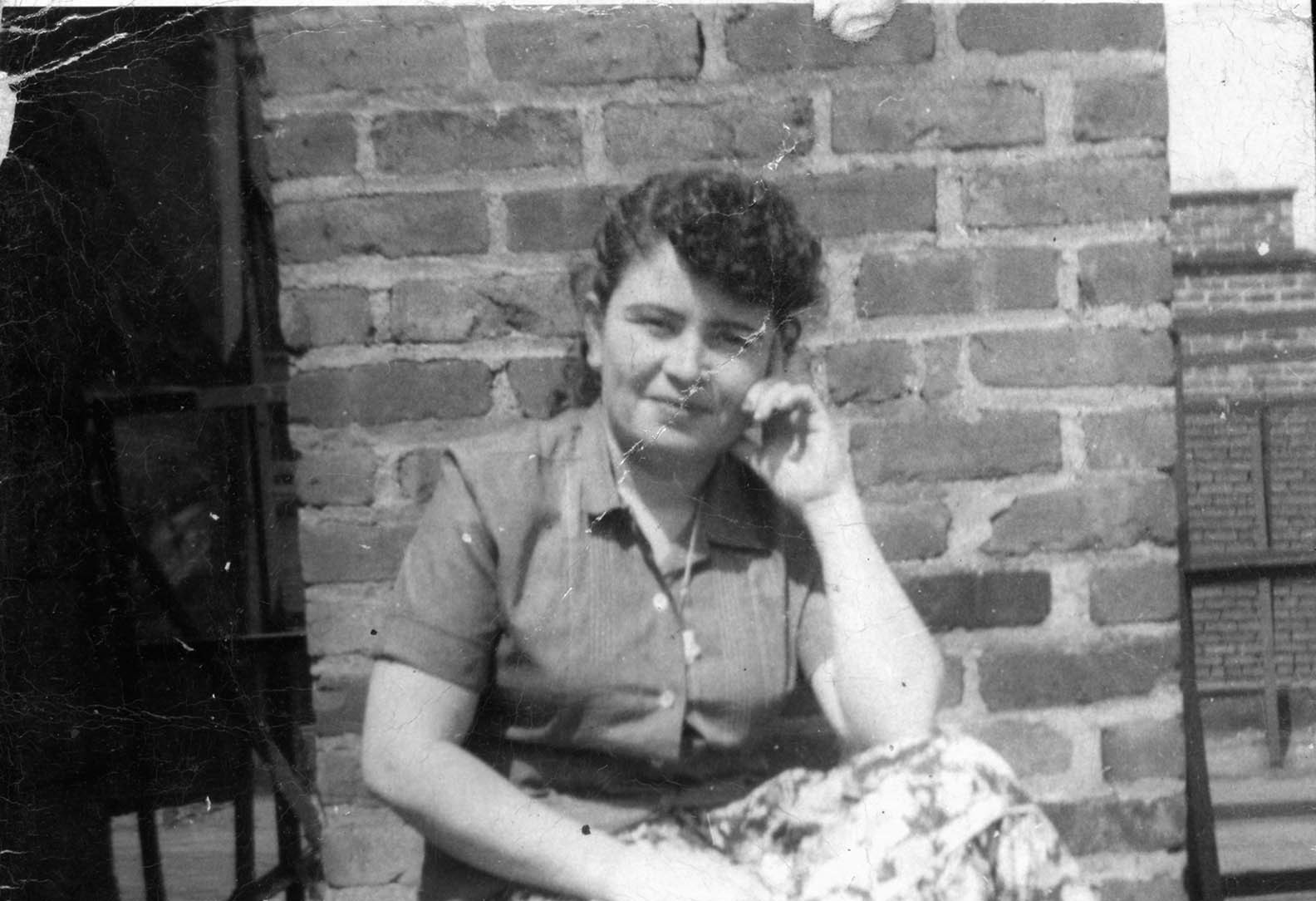
In 1955, Ramonita Saez arrived in New York from Puerto Rico as a young, single woman with two small sons. In 1964, they moved into 103 Orchard Street, where Ramonita remained until 2011, when she returned to Puerto Rico to spend her final years.
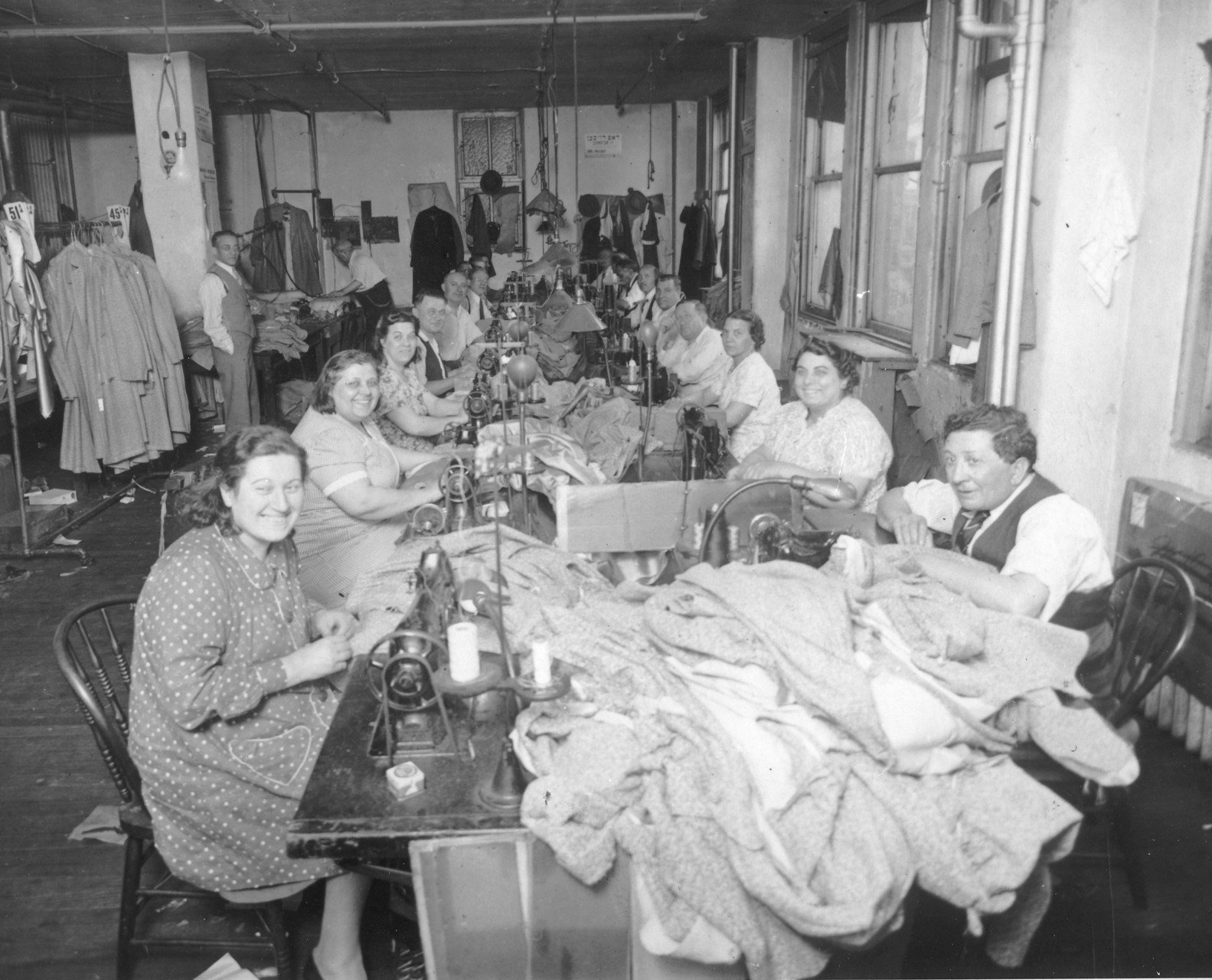
Puerto Ricans were the first large Spanish-speaking group in New York, often drawn here by work in the garment industry. In the 1940s, garment industries actively recruited Puerto Rican workers – already US citizens – to replace the supply of Southern and Eastern European workers now cut off by restrictive immigration quotas. Ramonita had sewn gloves in Puerto Rico’s garment shops, and knew her skills were in demand in New York. She worked in a garment shop at East Broadway and Forsyth Street for close to thirty years.
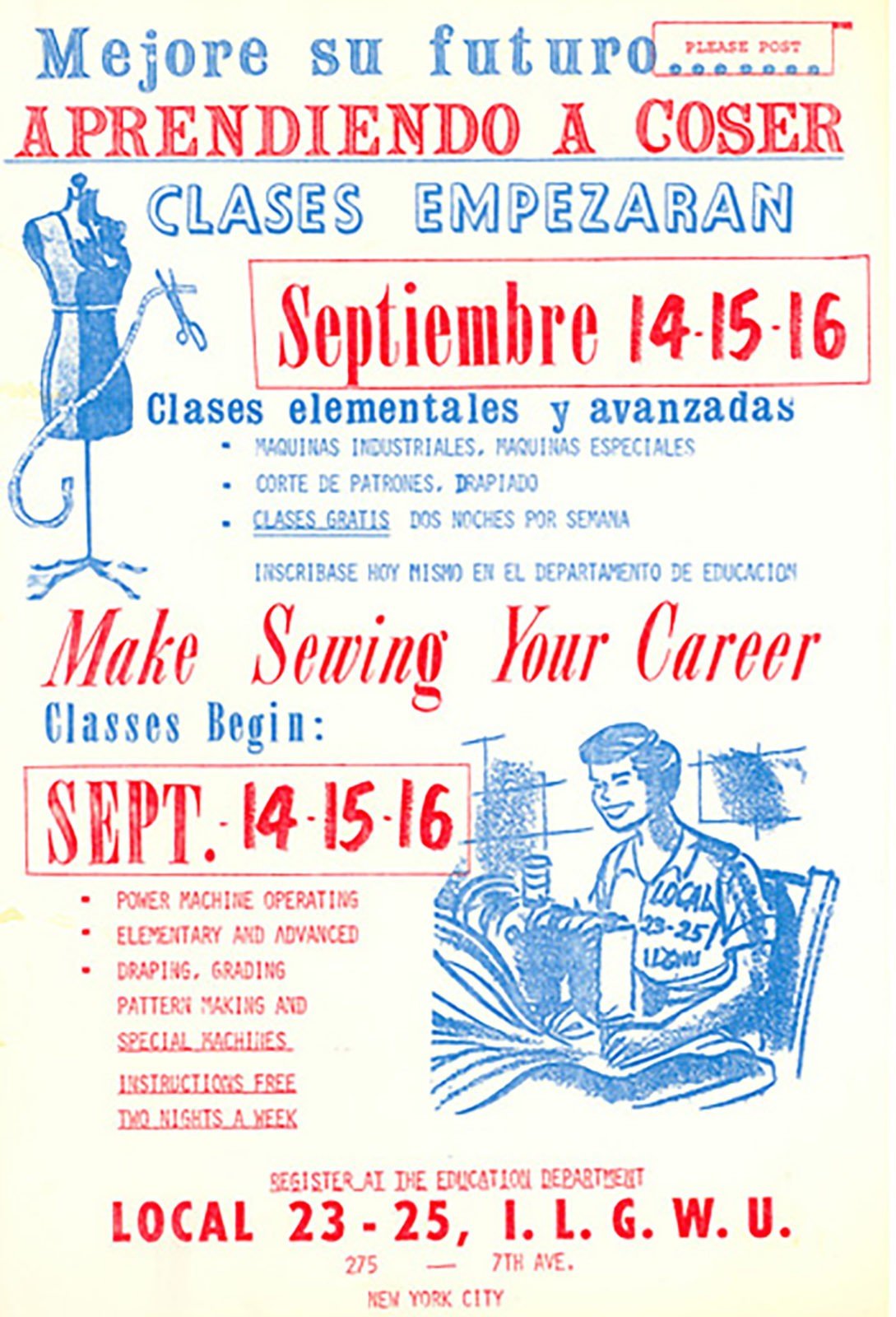
Ramonita, along with many of the Puerto Rican women she worked with, joined the International Ladies Garment Workers Union (ILGWU). Although Puerto Rican workers were strong supporters of their union locals – knowing they helped to secure better wages, work conditions and benefits – they also challenged the union at times, fighting discrimination and advocating for Spanish-speaking leaders.
Building Community Power
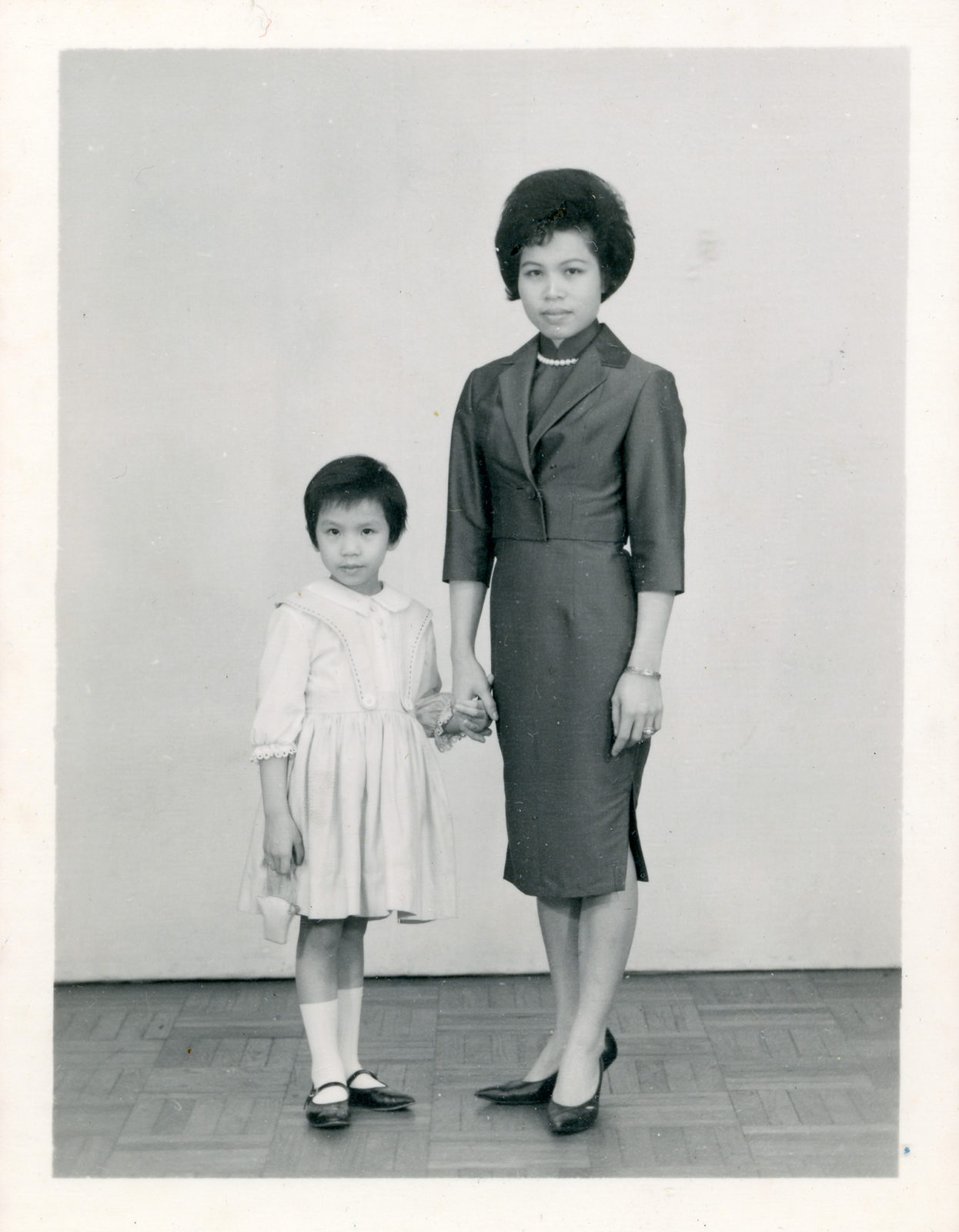
In 1968 the Wong family became one of the first Chinese families to move into 103 Orchard Street. Mrs. Wong’s parents joined her two years later, helping with child care so that she could find work in the garment industry. By the 1980s, more than 60% of Chinese families in the neighborhood had at least one member in the more than 500 garment shops nearby. Mrs. Wong worked at several different factories in over her 31-year career.
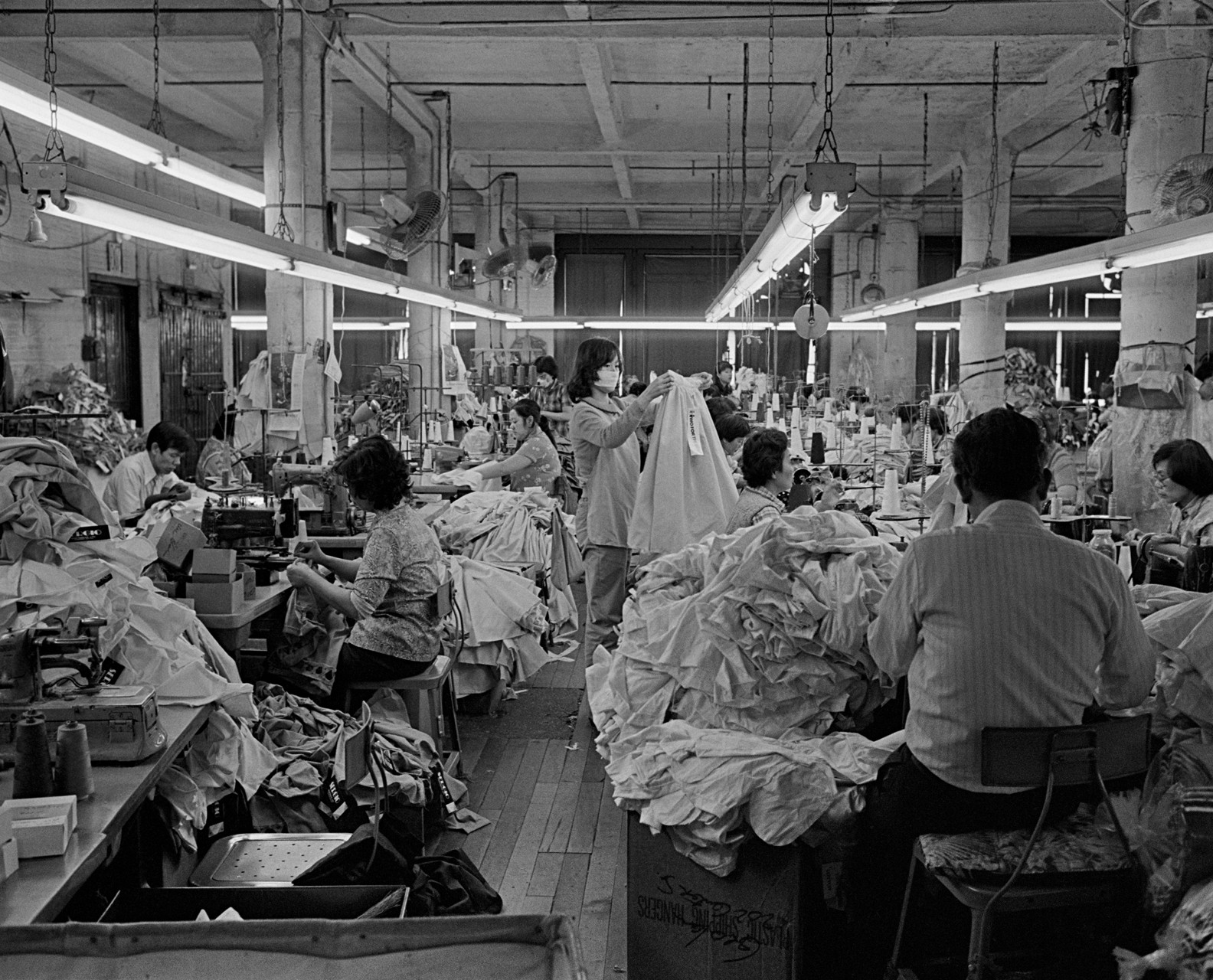
During Mrs. Wong’s career, the Chinatown garment industry was growing. Unions became more powerful, attracting women like Mrs. Wong, whose husbands worked in restaurants or laundromats and did not receive benefits. With union benefits, women could provide their families with health care, English classes, citizenship classes, retirement savings funds, and social events.
Photo credit: Bud Glick, c. 1980, from the Museum of Chinese America Collection.
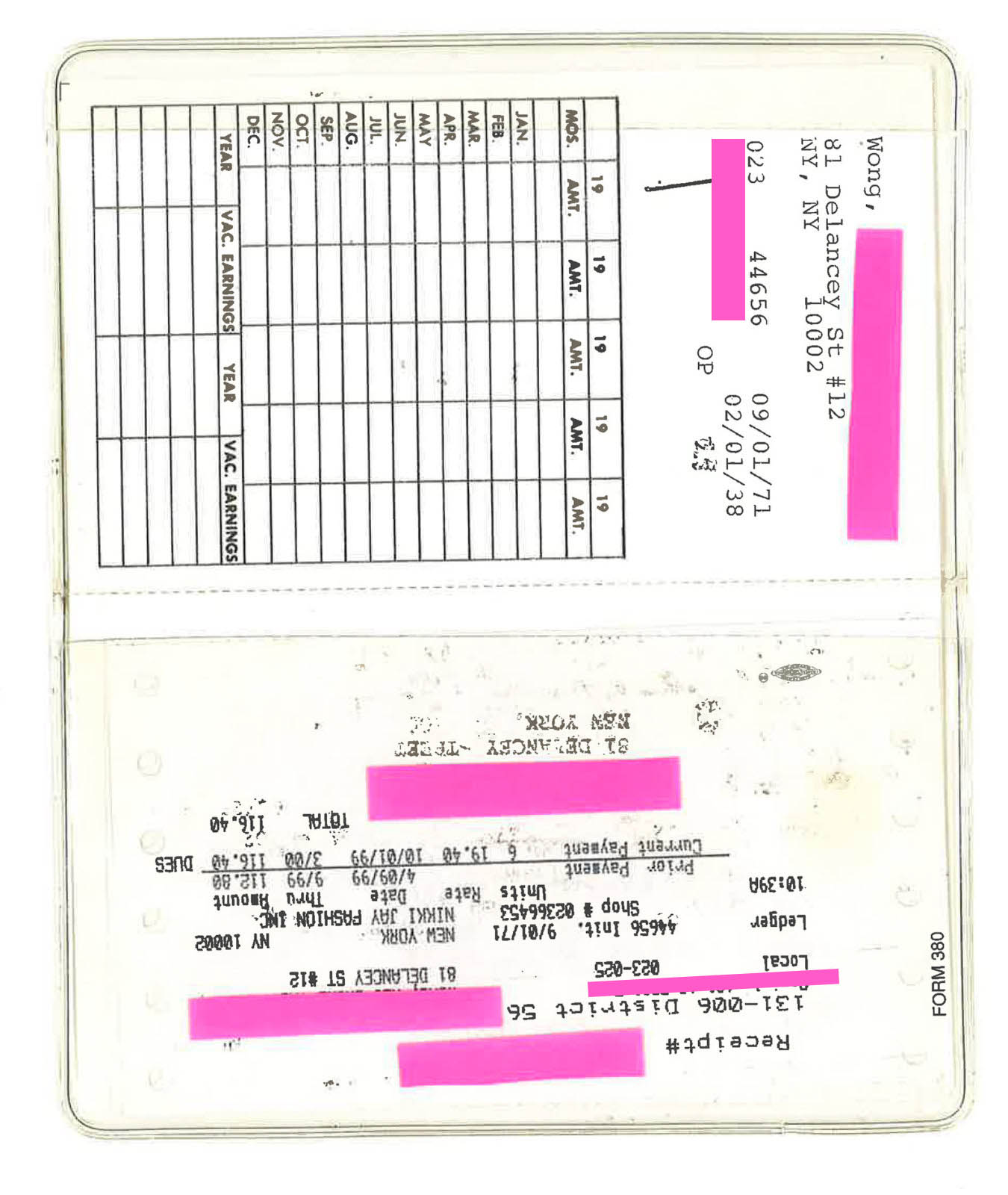
Chinese workers became active in their unions, refusing to accept contracts with reduced wages and benefits. Realizing their own strength, Chinese garment workers led a major strike in 1982, securing continued health benefits and new childcare services.
Through her work, Mrs. Wong created opportunities for her family. Her friendships with other mothers in the factories were a source of advice on doctors, schools, and better workplaces, and her earnings supported college educations for her three children.
